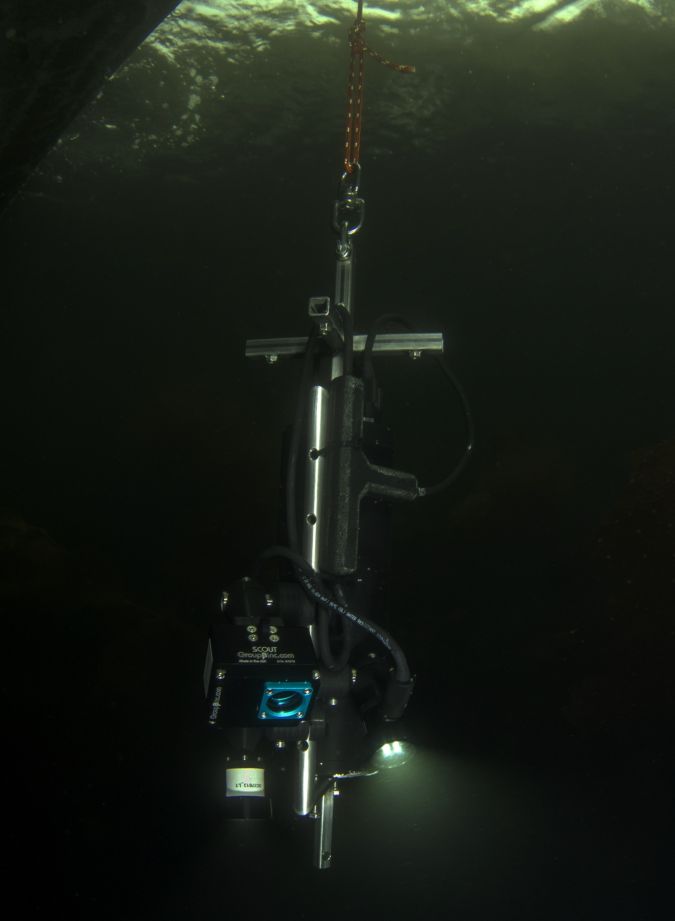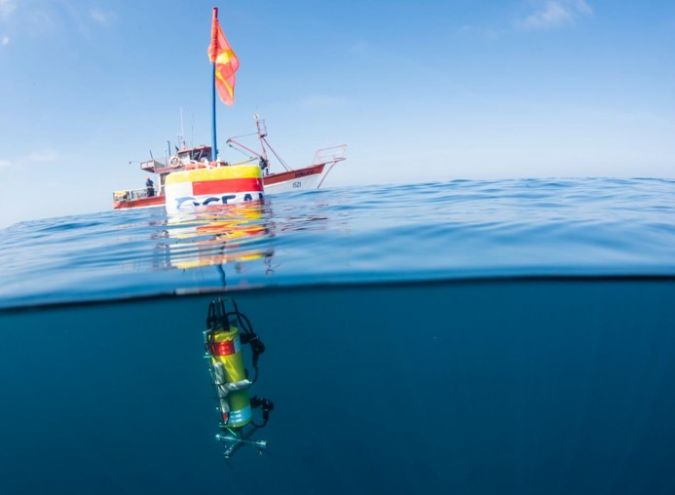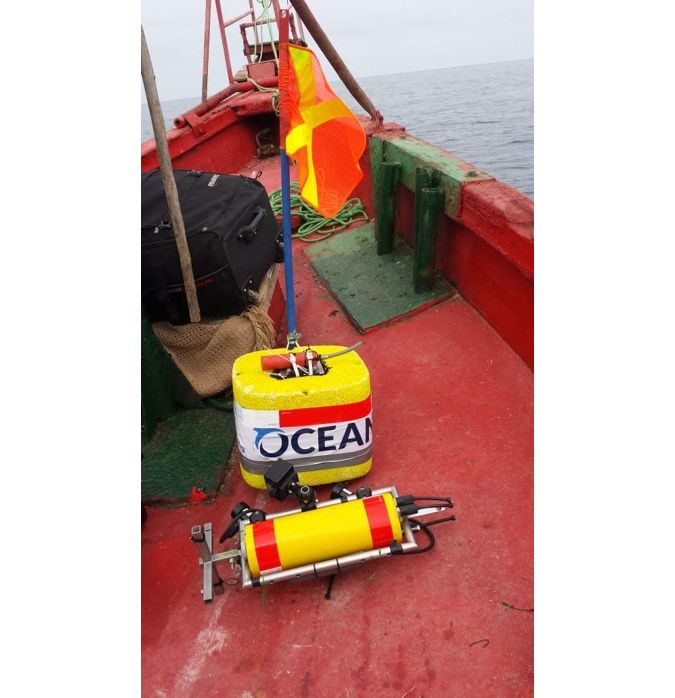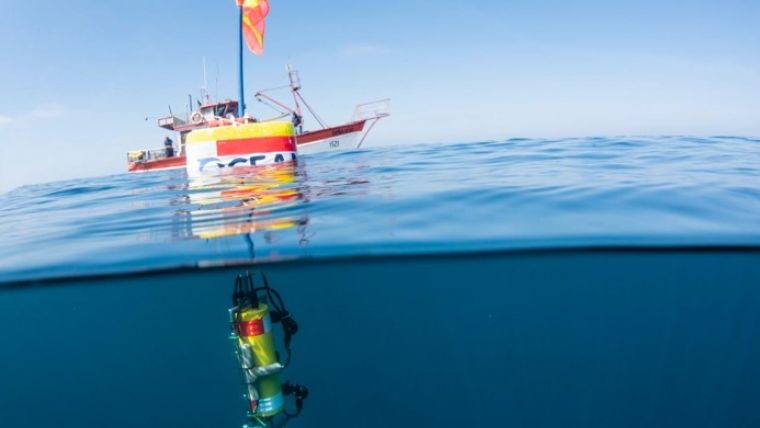COVID-19 and Deep Ocean Research
Due to the COVID-19 global pandemic, several researchers around the world have initiated investigations to understand the correlation between virus dispersion and environmental factors such as climate change and the anthropogenic impact in the modification of ecosystems, as well as the risk of new pandemics appearing. In this scientific field – so relevant to humanity – it is necessary to take into account oceanic research and consider investigations in the deep areas of the oceans.
In the abyssal zones of the oceans, as is well known to the oceanographic community, thermohaline circulation takes place, which slowly renews the water masses in all the oceans. These ocean belts constitute the 'memory' of the oceans, due to the reduced rate at which this exchange takes place. Therefore, studying the deep portion of the oceans is necessary to understand the cycles, their variations and the changes that occur on a global scale.
Mariscope, dedicated to marine technology for more than 25 years, has developed and manufactured autonomous camera and lighting systems to be installed in moorings up to 6,000m deep. These cameras are often installed on 'Landers': autonomous platforms with multiple sensors that are deployed on the seabed for predetermined periods of time, generally from 1 to 3 years.

Autonomous Measurements
The increase in the number of studies into the diversity and protection of areas of high biological diversity has led the company to develop and manufacture systems called DROPCAM. These systems are used from small boats and for periods of hours or days. These instruments are more affordable than the alternatives that were available until a few years ago. For their operation, they are deployed autonomously into the sea and left until they complete their mission. Once the measurement period ends, they pop up to the surface by themselves.
The DROPCAM 2500 has been developed for up to 2,500m deep applications. It contains cameras, lighting, rechargeable batteries, control electronics and stainless-steel frames, as well as the buoyancy for that depth. The systems are fully user configurable, and 4K and even higher resolution cameras are installed on board. The lighting system is made up of high-performance LED cluster systems.

Benthic Zone Studies
With a total weight of less than 50kg, this kind of system is easy to handle from any small boat and considerably reduces operating costs. It also has 360° vision using multiple cameras simultaneously. Its applications can be harnessed in coastal areas, allowing users to carry out benthic zone studies without the expense that this requires in the deep ocean.
Typical applications of these systems are deep observation in areas with wastewater disposal, aquaculture, fishing grounds, coastal zone management and maritime conservation areas as well as the open ocean, channels and fjords.
Since Mariscope is a science and technology-based company, it has always kept in mind the flexibility of its equipment. Therefore, this development allows the incorporation of other sensors such as multiparametric probes to obtain oceanographic data.















